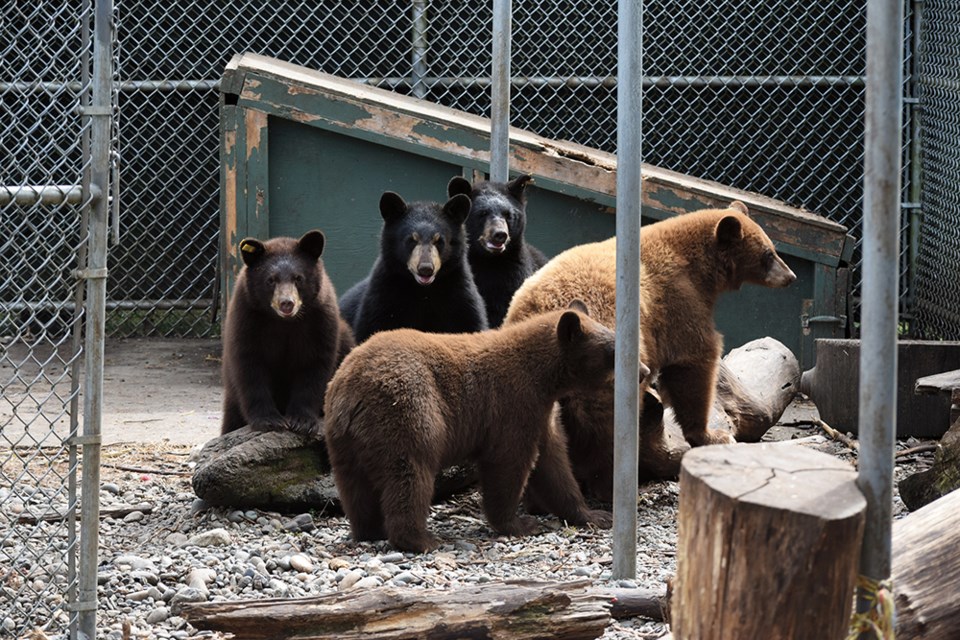It’s easy to see why the role of the BC Conservation Officer Service (COS) is often misunderstood. The answer lies in the word, conservation, which suggests the service exists to conserve rather than kill wildlife.
Whether this confusion is deliberate is something only officials know, but misleading it certainly is.
In fact, the COS is a quasi-constabulary responsibility in that it exists mainly to intervene in incidents involving humans and wildlife; incidents such as the one in late July when a Powell River woman was bitten by a mother bear with cubs. The bear was destroyed.
Statistics show that this is the fate of most wildlife unlucky enough to come face-to-face with a conservation officer. In the last 10 years, they have killed more than 4,000 black bears, 150 grizzlies and 800 cougars. That’s not to say that sometimes, as in the case of the Powell River woman, an animal’s destruction is necessary. Bears in particular can become habituated to urban living and do become a legitimate danger to people.
That’s why year after year residents of towns like Powell River are asked to contain their garbage and any other food sources that could attract a bear. Some residents do and some don’t, but it’s always the bears who are punished.
A public outcry against this slaughter has led some conservation officers to relocate bears as an alternative to shooting them. Unfortunately this doesn’t always work. A bear taken to a strange and foreign territory may have difficulty surviving there. Still, it’s better than a bullet through the brain.
Sometimes conservation officers will shoot cubs, too, or they will be delivered to wildlife rehabilitation centres, where they’re raised at private expense to a point where they can be re-released into the wild. The Peak’s report [“Powell River RCMP destroy bear after woman is bitten,” July 29] did not indicate what happened to the cubs in this case.
Critter Care Wildlife Society in Langley is one such centre. It can look after dozens of bears in a single year and requires $1 million annually to operate, all of it donated by private individuals and businesses. The government contributes nothing.
Adding insult to this injury is a law prohibiting rehabbers—the people who actually care for the cubs—from being present when they’re released. That’s the job of conservation officers, the people whose actions caused the cubs to be in a rehab facility in the first place. Talks are taking place, however, that could right this wrong.
Rehabbers are also not allowed to care for predators—injured or orphaned cougars, wolves or coyotes—because they kill the same animals hunters kill. And hunters and trappers enjoy an influence in government that conservationists can only dream of.
So yes, while the bear that attacked the Powell River woman probably did have to be destroyed, when it comes to BC’s Conservation Officer Service, she was an exception that tests the rule.
Nicholas Read is a former Vancouver Sun reporter whose most recent book is Caring for Critters: One Year at a Wildlife Rescue Centre.




